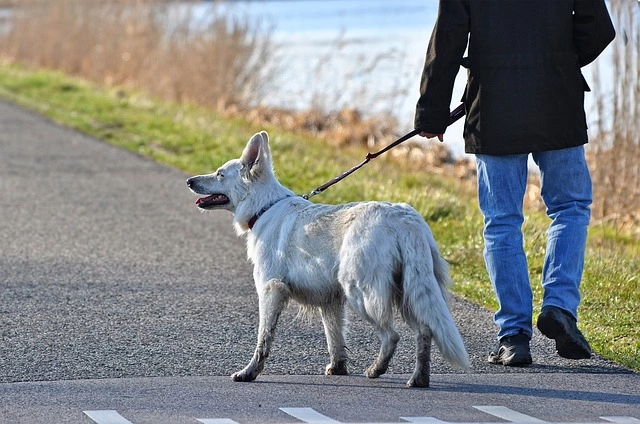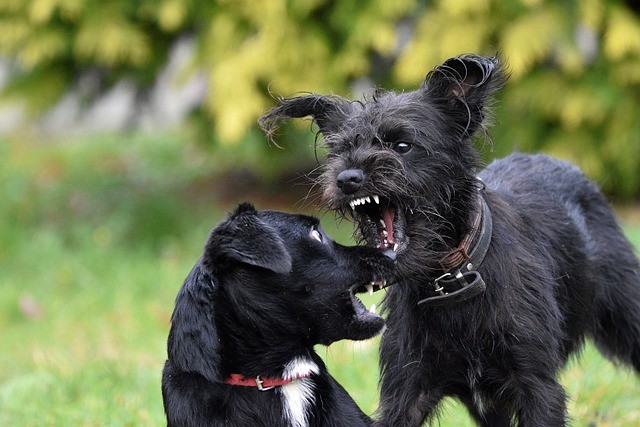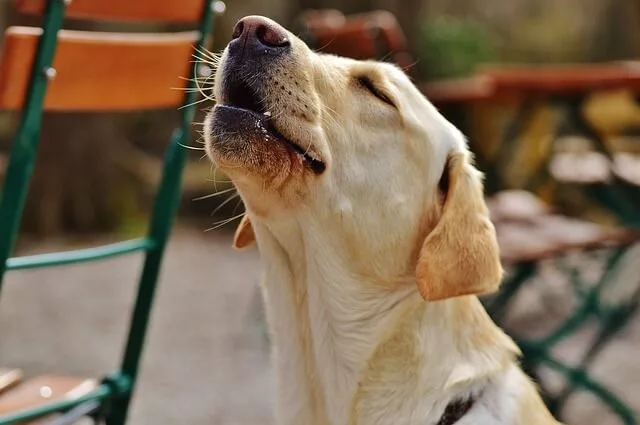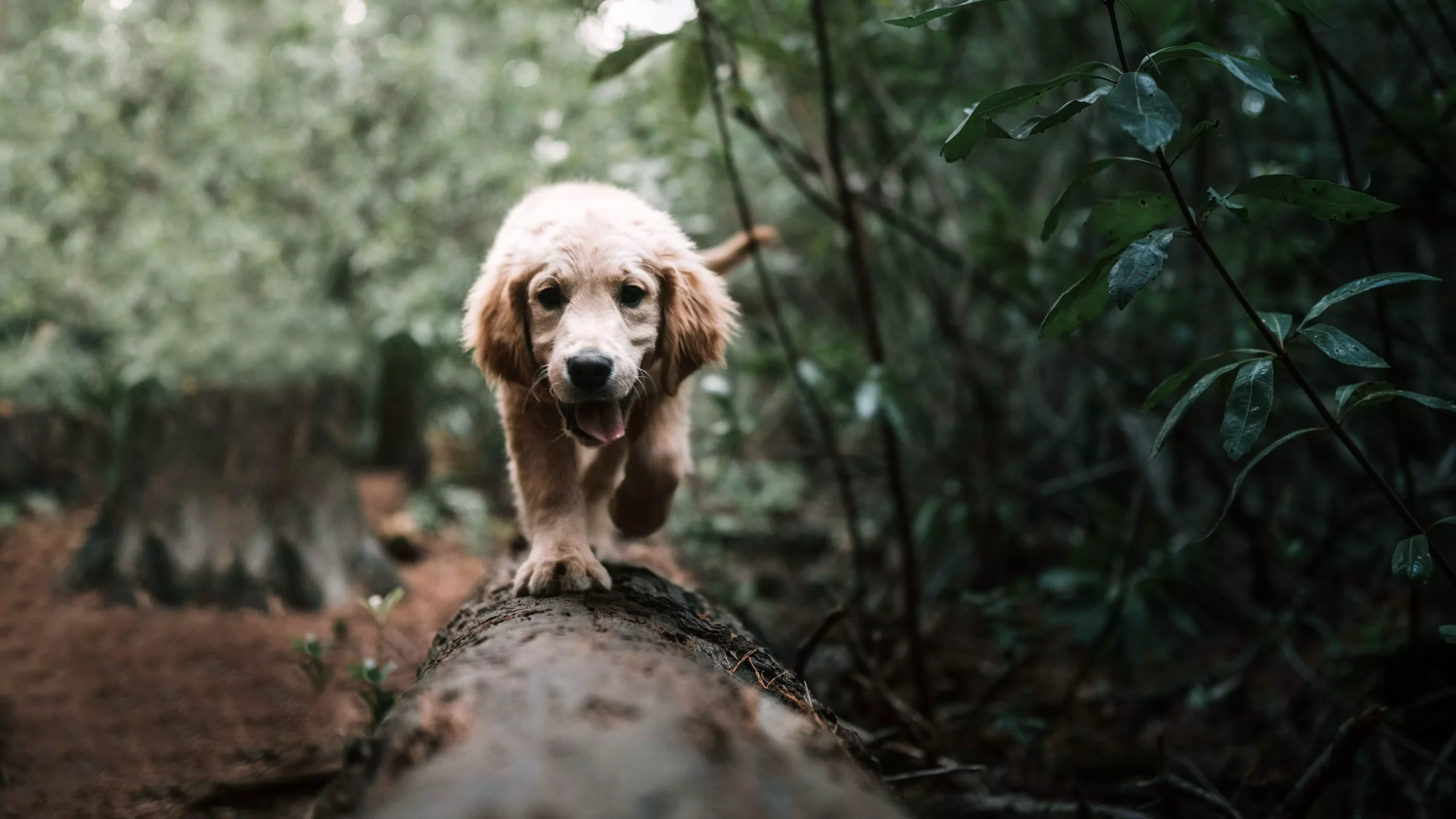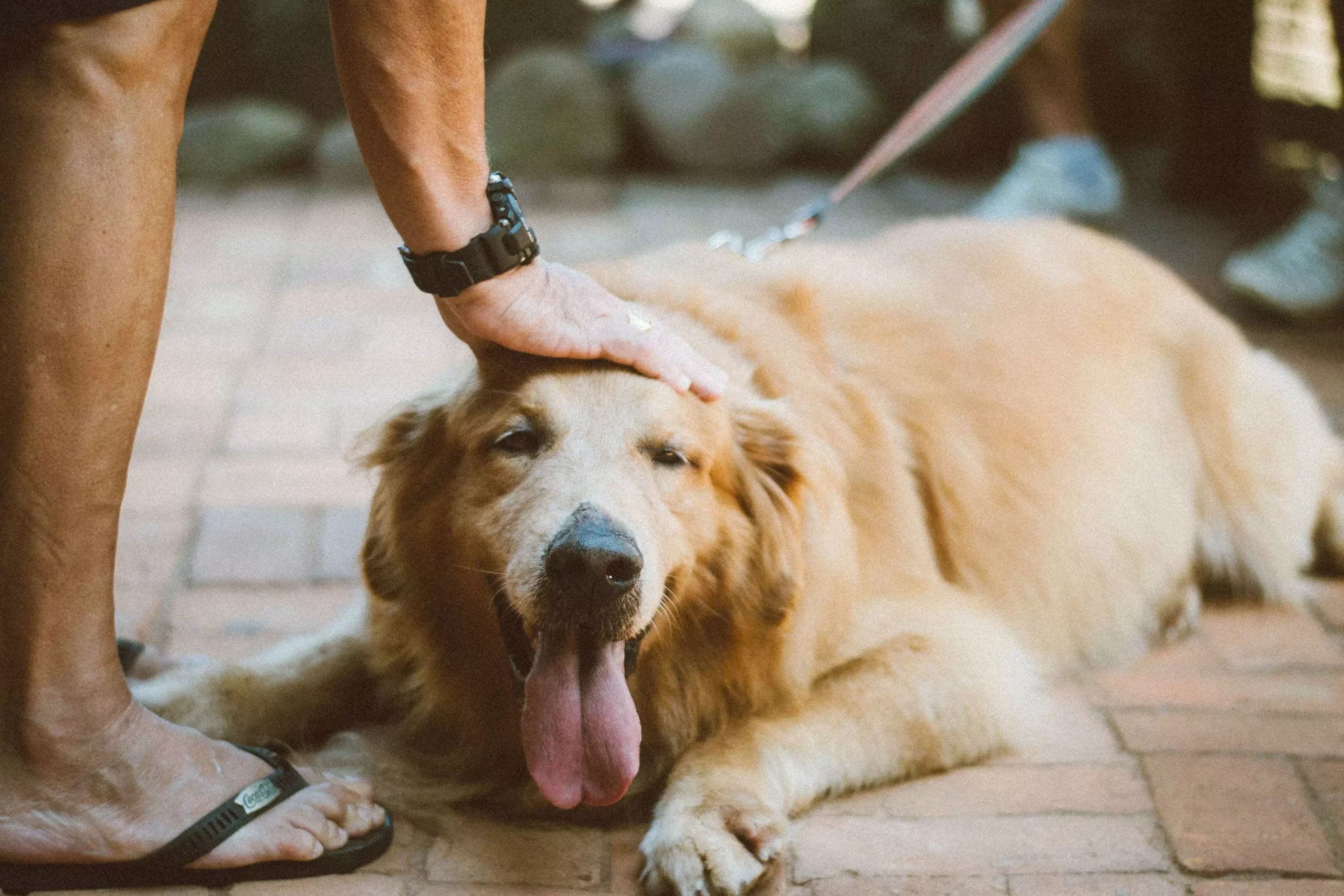Proper handling and restraint techniques are essential for ensuring the safety of both animals and humans involved in veterinary practices, animal shelters, and other animal-related industries. By employing effective methods, professionals can minimize stress and potential harm to animals while also safeguarding themselves from potential injuries.
Understanding an animal’s behavior is a fundamental aspect of safe animal handling and restraint. Different species and individual animals may respond differently to certain situations. By recognizing signs of fear, aggression, or stress, professionals can adapt their techniques to minimize potential risks. This understanding allows handlers to approach animals in a way that is less threatening and more calming.
Using appropriate equipment is crucial for safe handling and restraint. Leashes and collars should be sturdy and of appropriate size and strength for dogs and larger animals. For smaller animals, such as cats, harnesses or gentle leads should be used to avoid injury. Muzzles should be employed when there is a risk of an animal biting or injuring handlers or others. It is important to ensure that the muzzle fits properly and allows the animal to pant, drink, and breathe comfortably. Gloves made of puncture-resistant material should be utilized to protect against bites and scratches. Long sleeves, pants, and appropriate footwear should also be worn to reduce the risk of injury.
Applying gentle, yet firm, control is essential for both the safety of the animal and the handler. Restraint techniques for dogs include the “Hug Technique” which involves gently restraining the dog’s front end by placing one arm under the neck, while the other arm wraps around the torso. The “Lateral Recumbency Technique” involves gently rolling the dog onto its side, immobilizing it while allowing for necessary procedures. Restraint techniques for cats include the “Scruff Technique” which involves grasping the loose skin at the back of the cat’s neck to gain control while supporting the hindquarters. The “Towel Wrap Technique” includes wrapping the cat in a towel, leaving only the head exposed, to prevent scratching and biting.
To reduce stress for animals during handling and restraint, it is important to establish a calm and quiet environment. Positive reinforcement, treats, or pheromone sprays can be used to create a positive association with handling. If an animal becomes aggressive during restraint, personal safety should be prioritized and handlers should remove themselves from the situation if necessary. Seeking assistance from experienced handlers and considering sedation if appropriate are also important steps to take.
Handling and restraint techniques for exotic animals or wildlife vary significantly depending on the species. It is best to consult experts or specialized resources for guidance tailored to specific animals. These professionals have the knowledge and experience to handle and restrain exotic animals in a safe and appropriate manner.
In conclusion, adhering to effective handling and restraint techniques is crucial for ensuring the safety and well-being of both animals and handlers. Understanding animal behavior, employing appropriate equipment, and using gentle, yet firm, control are integral to minimizing stress, preventing injuries, and facilitating necessary procedures. By following these guidelines, professionals in the animal-related industry can create a safer and more compassionate environment for animals in their care.



